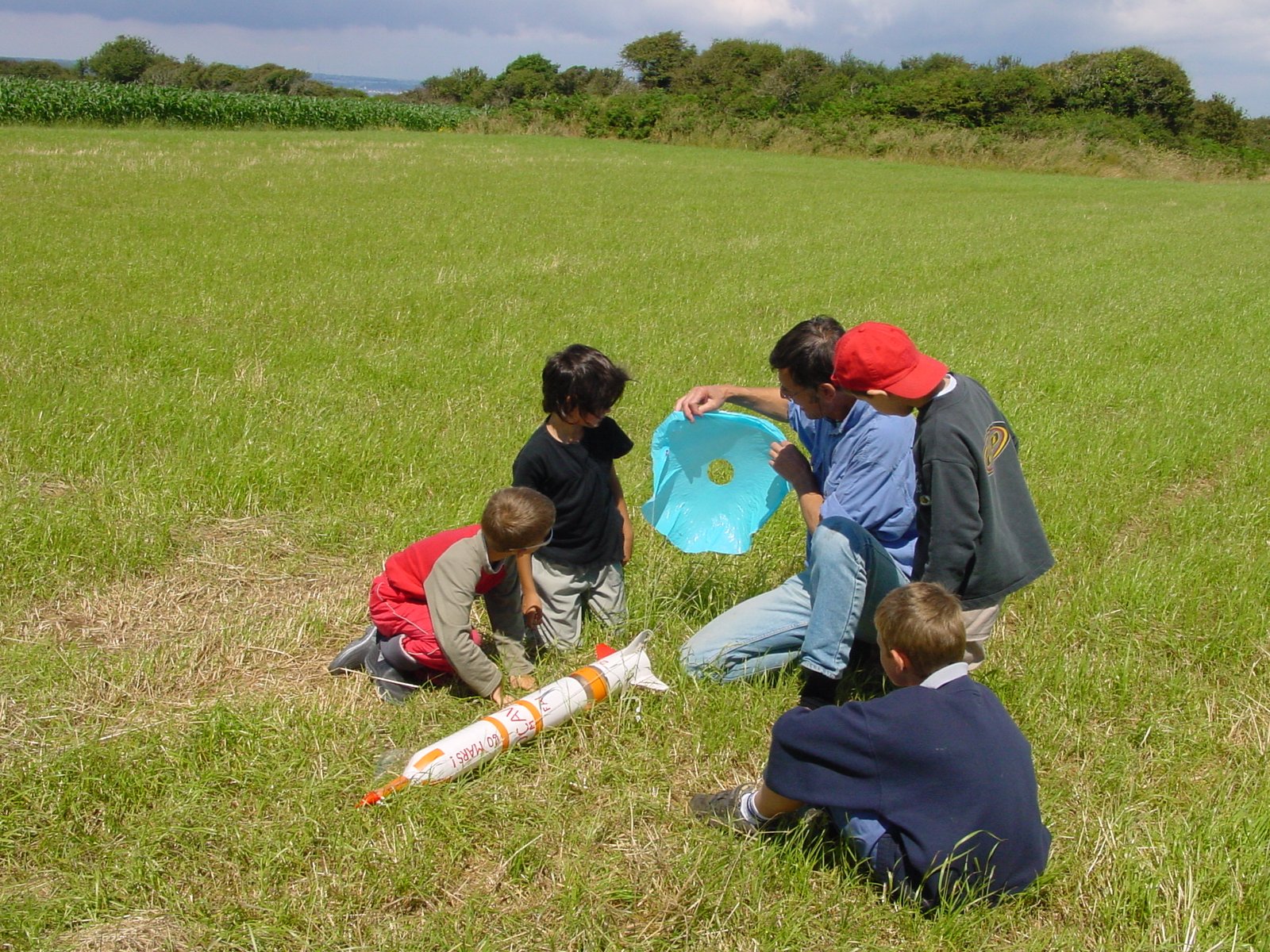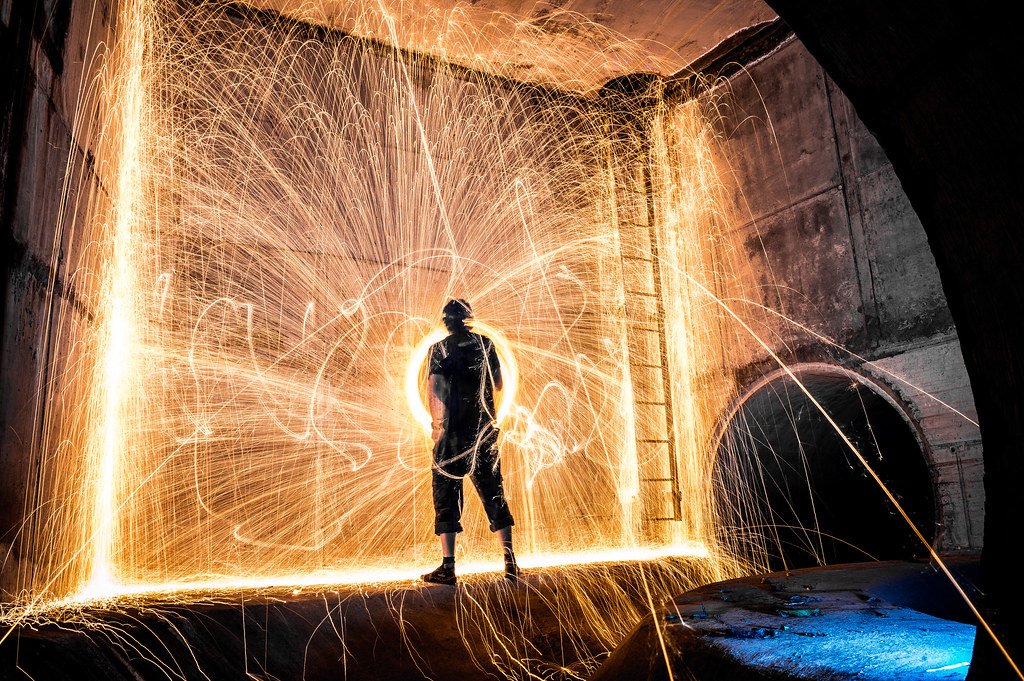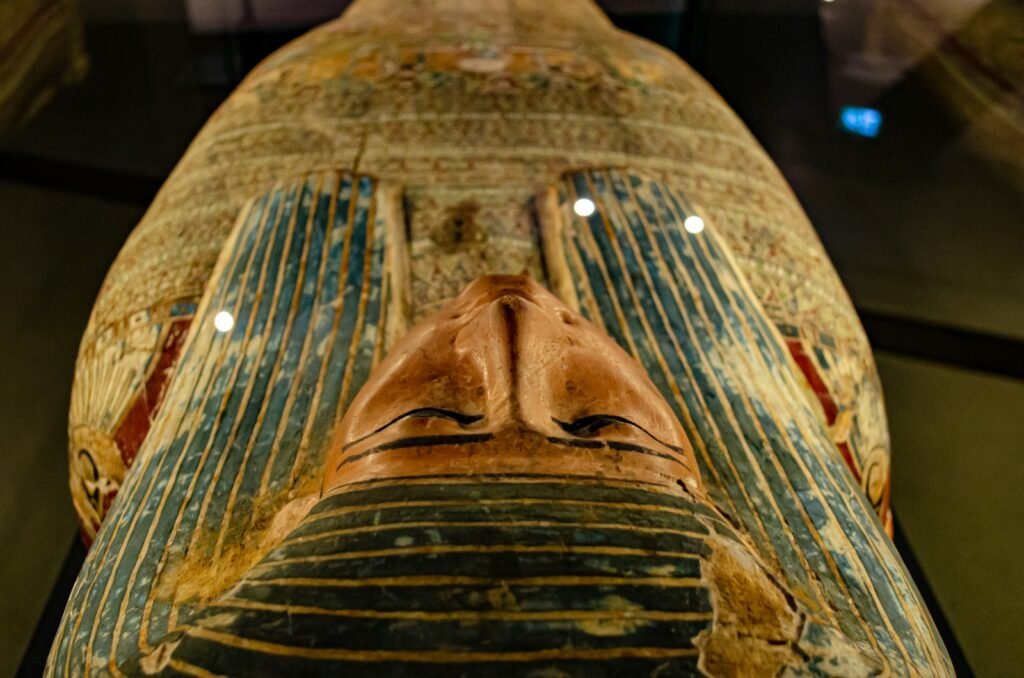In the world of video games, few have captured the imagination quite like Portal. Its unique blend of puzzles and storytelling, centered around the concept of creating interspatial portals, has intrigued both gamers and scientists. What if the seemingly impossible gameplay mechanics of Portal were not entirely beyond the realm of real-world physics? Let’s dive into the fascinating science behind the game and explore how close we are to bending reality in the way Portal does.
Understanding Portals: The Gateway Concept
Portals in the game act as gateways that link two separate points in space seamlessly. In practical terms, this concept is akin to the theoretical idea of wormholes in physics. A wormhole is a hypothetical tunnel connecting two distinct points in spacetime, allowing for shortcuts across the universe. While portals are instant and stable in the game, real-world physics suggests wormholes, if they exist, would be incredibly unstable and require exotic matter to remain open. The concept of connecting distant points is still a subject of heavy theoretical investigation, and scientists continue to explore the possibilities of such phenomena.
The Physics of Instantaneous Travel
In Portal, players experience instantaneous travel from one portal to another without any time delay. This idea challenges our current understanding of physics, especially in relation to the speed of light. According to Einstein’s theory of relativity, nothing can travel faster than light in a vacuum. The concept of portals bypasses this speed limit by folding space, a notion reminiscent of the “warp drive” theory. Although purely speculative, this theory suggests space itself could be contracted in front of a spacecraft and expanded behind it, allowing for faster-than-light travel without violating relativity.
Conservation of Momentum: A Fundamental Rule

One of the most intriguing aspects of Portal’s gameplay is the conservation of momentum when passing through portals. In the game, if a player enters a portal at high speed, they exit the other portal with the same velocity. This principle is grounded in the conservation of momentum, a fundamental law in physics stating that the momentum of a closed system remains constant if not acted upon by an external force. This gameplay mechanic adheres closely to real-world physics, providing an educational element to the game and a practical demonstration of this essential physical law.
Gravity and its Role in Portal
Gravity plays a significant role in the gameplay of Portal. Players often use the pull of gravity to gain momentum by falling into a portal and emerging from another. This mirrors the concept of gravitational assists used in space travel. Spacecraft use the gravity of planets to gain speed and alter their trajectory, a technique known as a gravitational slingshot. While Portal simplifies this process for entertainment purposes, the underlying science is very much real and utilized in real-world space exploration.
Non-Euclidean Geometry in Gameplay
Portal’s level design often defies the rules of traditional Euclidean geometry, creating mind-bending puzzles that challenge the player’s perception. Non-Euclidean geometry explores spaces that are not flat, where parallel lines might intersect, or angles do not sum up to conventional degrees. The game’s use of such geometry is a nod to complex mathematical concepts that explore curved spaces, similar to the geometry of the universe at large scales. While we don’t navigate non-Euclidean spaces in our daily lives, understanding them is crucial in fields such as cosmology and theoretical physics.
The Concept of Infinite Loops
Infinite loops are a common puzzle element in Portal, where players can fall through a series of portals endlessly. This idea is reminiscent of the concept of infinite loops in computer science, where a sequence of instructions is repeated indefinitely. In mathematics, such loops can be related to fractals, which are infinitely complex patterns that repeat at every scale. Fractals are found in nature, such as in the branching of trees or the structure of snowflakes, demonstrating how complex systems can arise from simple, repeating rules.
Teleportation: Sci-Fi or Reality?
Teleportation is a central theme in Portal, sparking comparisons to the ongoing scientific research into quantum teleportation. Unlike the instant physical transport seen in the game, quantum teleportation involves the transfer of information rather than matter. It is based on the phenomenon of quantum entanglement, where particles become interconnected in such a way that the state of one instantly influences the state of another, regardless of the distance between them. While this does not mean we can teleport humans, it has profound implications for quantum computing and secure communications.
Energy and Portal Creation
Creating a portal in the game appears to require no energy, but in reality, any manipulation of spacetime would demand immense energy. Theoretical constructs like wormholes would require negative energy or exotic matter to stabilize, far beyond our current technological capabilities. The energy requirements for such feats highlight the challenges of turning the fictional elements of Portal into reality. They also emphasize the vast energy resources needed for advanced space travel and manipulating the fundamental forces of nature.
The Psychological Impact of Portal Mechanics
The gameplay mechanics of Portal do more than challenge our understanding of physics; they also engage our cognitive abilities. The game encourages players to think outside the box, developing problem-solving skills and spatial awareness. This cognitive engagement reflects real-world psychological studies on how video games can enhance mental agility and creativity. By pushing players to tackle seemingly impossible tasks, Portal fosters a mindset of innovation and persistence, valuable traits in scientific exploration and everyday life.
The Future of Portal-like Technologies

While the science behind Portal remains largely theoretical, the game inspires scientists and engineers to explore these concepts further. Advances in quantum computing, gravitational research, and theoretical physics could one day bring us closer to achieving some of the game’s fantastical elements. By challenging the boundaries of what we perceive as possible, Portal serves as a catalyst for scientific inquiry and technological innovation. It reminds us that today’s fiction could become tomorrow’s reality with the right combination of imagination and scientific progress.



